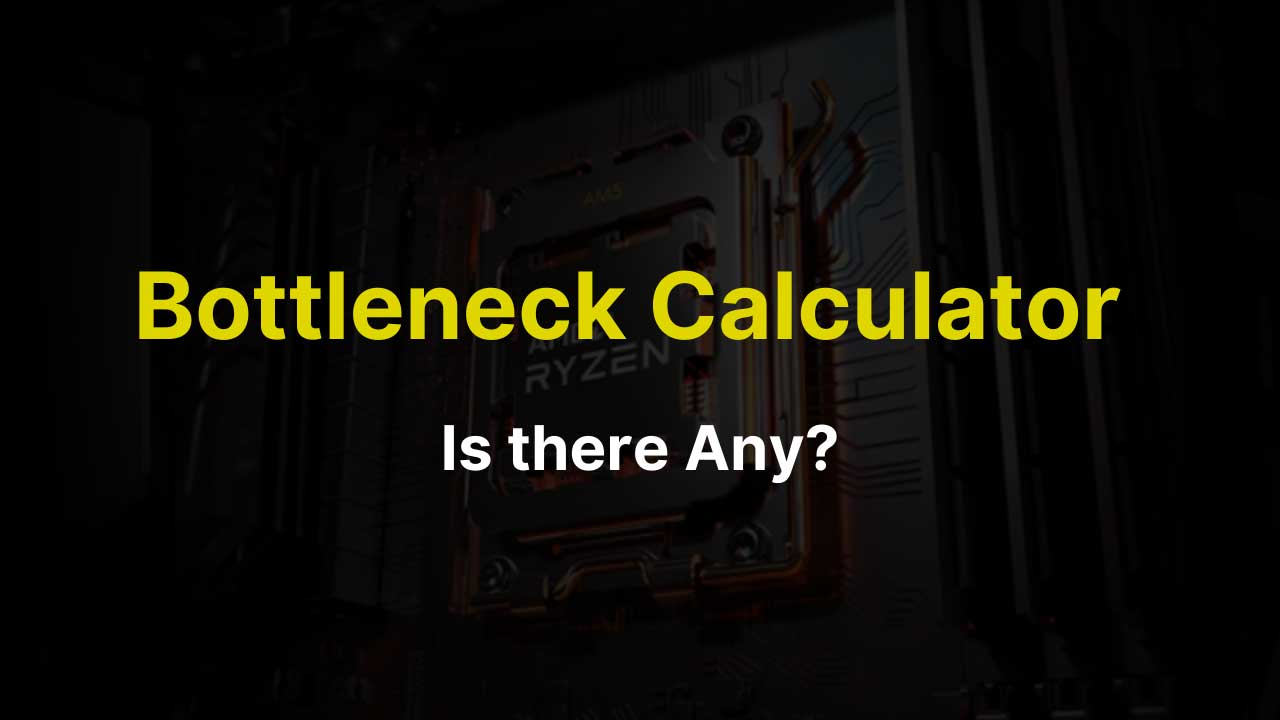In the world of PC gaming and high-performance computing, ensuring that your processor and graphics card work harmoniously is essential for achieving optimal performance. Many users often find themselves wondering if their chosen components can operate efficiently together. gpuprices.ai leads to the crucial question of compatibility, which can make or break your overall experience when playing games or running resource-intensive applications.

Understanding how to evaluate the synergy between your CPU and GPU is key to preventing a bottleneck, where one component limits the performance of another. To help with this, a PC bottleneck calculator can be a valuable tool, offering insights into whether your selected processor and graphics card will match up well in terms of performance. By examining various factors such as clock speed, core count, and the specific requirements of the games or software you intend to use, you can make informed decisions that enhance your computing experience.
Understanding PC Bottlenecks
When building or upgrading a gaming or high-performance PC, understanding the concept of bottlenecks is essential. A bottleneck occurs when one component of your system limits the performance of another. For instance, if you have a powerful graphics card paired with an outdated processor, the CPU may struggle to keep up, causing the GPU to underperform. This mismatch can lead to less than optimal gaming experiences or poor performance in demanding applications.
The relationship between the processor and graphics card is particularly important in gaming scenarios. During gameplay, the CPU handles tasks such as calculating game logic and processing input, while the GPU is responsible for rendering graphics. If one of these components is significantly weaker than the other, it can create a situation where the stronger component cannot perform to its full potential. Assessing the compatibility of these components helps avoid situations where performance is capped by the weakest link in the chain.
To prevent bottlenecking, you can utilize a PC bottleneck calculator, which evaluates your chosen processor and GPU combination. These calculators consider various factors, including the specifications of each component and the types of tasks you plan to run. By using this tool, you can make informed decisions about upgrades or builds that ensure both the CPU and GPU can operate effectively together, maximizing your overall system performance.
Evaluating Processor and GPU Compatibility
When assessing the compatibility between your processor and graphics card, the first aspect to consider is the performance balance between the two components. A powerful GPU paired with a weaker CPU may lead to a bottleneck, where the performance of one component limits the potential of the other. This can result in suboptimal gaming experiences, where the graphics card is underutilized due to the constraints imposed by the processor. Using a PC bottleneck calculator can help quantify this imbalance, allowing you to make informed decisions when upgrading or building a system.
Another crucial factor in compatibility is the specific requirements of the software or games you intend to run. Different applications have varying levels of dependency on CPU and GPU resources. For example, some games may be more CPU-intensive, particularly those that feature complex simulations or large open worlds. In such cases, a strong processor is essential to ensure smooth gameplay. By understanding the demands of your preferred applications, you can select a compatible combination of components that will enhance overall performance without compromising your experience.
Lastly, it is essential to consider the technological compatibility, including the motherboard and power supply. Ensure that your motherboard supports the required sockets and standards for both the CPU and GPU you have chosen. Additionally, check that your power supply has sufficient wattage and the necessary power connectors for the components. By carefully evaluating these compatibility aspects, you can create a balanced and efficient system that fully utilizes the capabilities of both the processor and graphics card.
Using a Bottleneck Calculator
A bottleneck calculator is an essential tool for assessing the compatibility between your processor and graphics card. It analyzes the specifications of both components to determine if one is significantly limiting the performance of the other during gaming or other resource-intensive tasks. This ensures that you are maximizing the potential of your hardware, achieving smooth performance without unnecessary slowdowns.
To use the calculator, input your processor and GPU details, including their models and specifications. The tool will compare the processing power of the CPU with the capabilities of the GPU. If the results indicate a bottleneck, you may see recommended upgrades for either component, helping you make informed decisions regarding your hardware setup.
Understanding the results from a bottleneck calculator can guide you on whether to upgrade your CPU, GPU, or both. An optimal balance between these components is crucial for achieving the best possible performance in your system. Keep in mind that other factors, such as RAM and storage, also play a role in overall system performance, but focusing on CPU and GPU compatibility is a great starting point.
